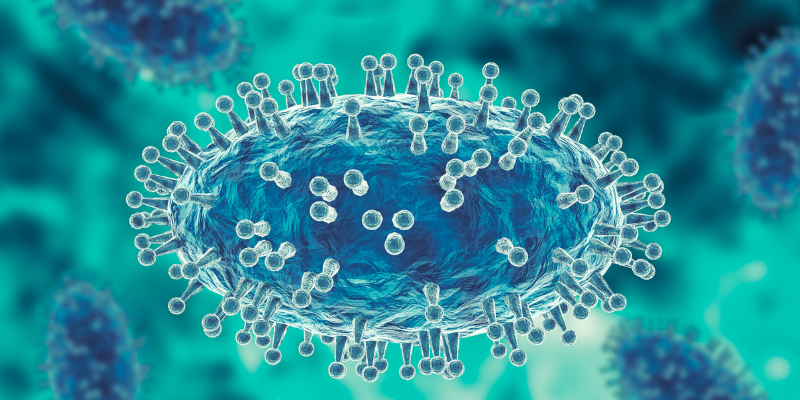In the latest figures released by the UK Health Security Agency (UKHSA), the total number of monkeypox cases now sits at 302 as of the 5th of June.
73 additional cases have been detected in England, with a further 2 cases in Scotland and 2 in Wales.
This is a sharp 32% increase from the previous figures released days earlier on the 2nd of June, where the total number of UK cases was 225.
The monkeypox virus is endemic to central and west Africa, but since May of this year, outbreaks of the disease have been reported in over twenty-six other countries.
While anyone can get monkeypox, the risk it poses to the general population is low, with instances of the infection usually mild. In most cases, the symptoms go away after a few weeks.
However, some individuals may be more vulnerable to the disease, including children, pregnant women, and men who have sex with other men.
Symptoms usually appear within 5 and 21 days of initial infection and typically include:
- A high temperature
- A headache
- Muscle aches
- Backache
- Swollen glands
- Shivering
- Exhaustion
Alongside the above, a rash typically develops within days 1 to 5. While starting on the face, the rash can spread to other parts of the body, including the genitals.

The UKSHA is recommending you contact a sexual health clinic if, alongside a blistery rash, you have been:
- In close contact in the past three weeks with someone who has or might have monkeypox, even if they have not been tested for the disease.
- In close contact with someone who has been to west or central Africa in the past three weeks.





